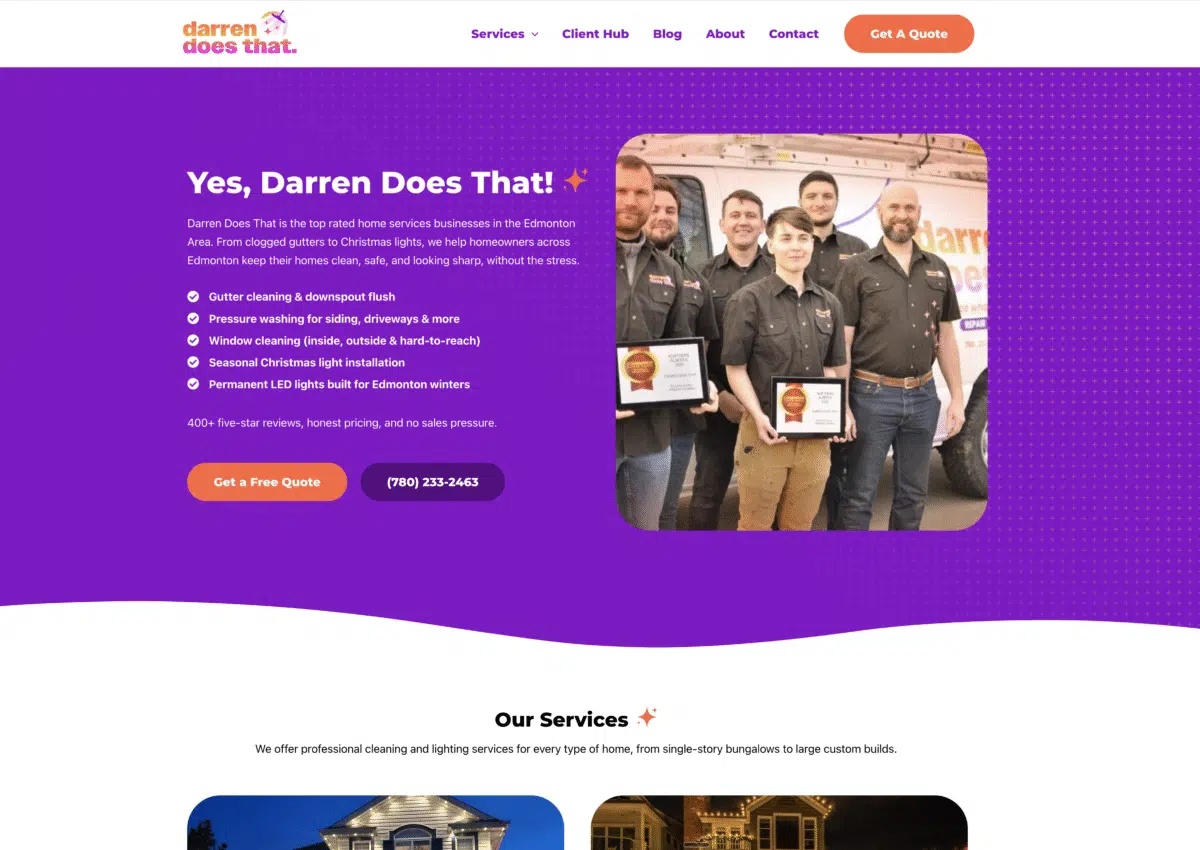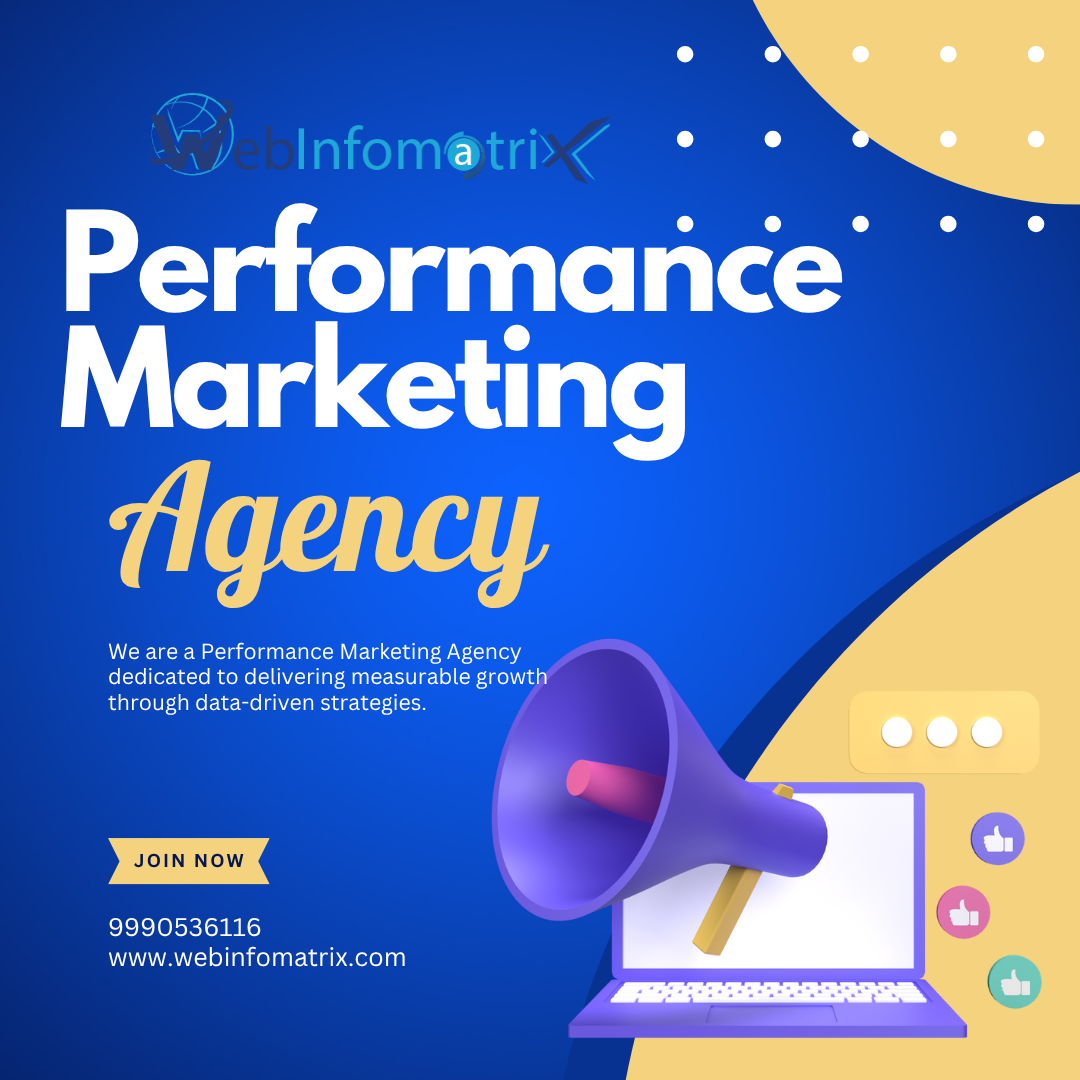Artificial Intelligence (AI) is no longer a futuristic buzzword. It’s now a core driver of business innovation. From automating decisions to powering personalised experiences, companies around the globe are pouring resources into AI software development. But here’s the catch: developing full-scale AI solutions can be expensive, time-consuming, and uncertain. That’s why many forward-thinking organisations start with AI MVPs – minimum viable products built to test, validate, and scale AI-powered ideas.
The Rise of AI Software Development
AI adoption has exploded across industries in recent years. A few quick facts show its remarkable trajectory:
- Global investment: Businesses collectively invest billions each year into AI solutions.
- Diverse use cases: AI powers everything from healthcare diagnostics to financial fraud detection, marketing personification, logistics optimisation, and beyond.
- Competitive edge: Companies leveraging AI report faster decision-making, improved efficiency, and enhanced customer satisfaction.
It’s no exaggeration to say that AI is the new electricity – an enabling force that sparks innovation across every sector. But just like electricity, it’s most useful when applied with precision, not waste.
That’s where AI MVPs come in.
Why Start with AI MVPs?
In traditional development cycles, businesses often invest heavily in building full-scale products before testing them in the market. That’s a gamble. In AI, where complexity and costs are higher, the risks only multiply.
Building AI MVPs – lightweight product versions focused on core features – offers a smarter path:
Key Benefits of AI MVPs
- Risk reduction: Validate whether the AI model works in real-world conditions before scaling.
- Faster learning: Gather user feedback early to improve algorithms and user experience.
- Cost efficiency: Spend less upfront while still testing the feasibility of your AI solution.
- Investor confidence: Demonstrating a working proof of concept attracts capital and stakeholders.
- Scalable insights: Early performance data helps chart the roadmap for growth.
Think of an AI MVP as dipping your toes into the pool instead of cannon-balling in – you get the feel of the water without risking a belly flop.
Building Blocks of AI Software Development
Whether you’re crafting a full solution or an MVP, AI software development has shared foundational components:
1. Problem Definition
AI is powerful, but it’s not magic. Start by identifying a clear problem that AI can address. For example, “We want to reduce churn by predicting customer behaviour.”
2. Data Strategy
Data is AI’s lifeblood. You’ll need to determine:
- What data you have
- What data you need
- How to gather, clean, and secure it
3. Model Development
Machine learning models, natural language processing, and computer vision are among the most common AI technologies. The right choice depends on your use case.
4. Infrastructure
Scalable cloud platforms, APIs, and tools for deployment are essential. Many teams use AWS, Azure, or Google Cloud for fast prototyping.
5. Testing & Validation
MVP development emphasises quick testing, smaller datasets, and iterative improvement cycles. Accuracy, bias checks, and performance monitoring are critical from the start.
6. Deployment
Once validated, the MVP can evolve into a full-scale AI product with added features, integrations, and compliance measures.
The Strategic Role of AI MVPs in Startups
Startups thrive on agility, speed, and innovation. Yet they face cash constraints, investor pressure, and unpredictable markets. This is why AI MVPs are game-changers for entrepreneurial teams:
- Time-to-market advantage: Demonstrate your vision within weeks, not months.
- Proof of traction: Investors want evidence, not promises – MVPs provide tangible outcomes.
- Flexibility: If initial assumptions are incorrect, iterate without massive sunk costs.
In short, AI MVPs give startups room to dream boldly while staying lean and grounded.
AI MVPs for Enterprises: Why They Matter
Large corporations aren’t immune to innovation challenges either. Bureaucracy, legacy systems, and long decision-making cycles can slow down AI adoption. Launching AI MVPs offers enterprises several advantages:
- Safe experimentation: Test AI in controlled pilot environments without disrupting operations.
- Cross-department insights: A working MVP helps secure buy-in across stakeholders.
- Market positioning: Rapidly develop customer-facing prototypes to stay competitive.
It’s far easier to convince a CFO of AI’s value when you can demonstrate a working prototype that cuts call center time in half, rather than pitching slides filled with hypothetical.
How to Build AI MVPs That Actually Work
Now let’s break this process into actionable steps.
1. Define a Narrow Scope
Avoid building a “do-everything” tool. Focus on a clear, measurable task – say, automating document classification in HR.
2. Identify Success Metrics
Choose quantifiable KPIs such as accuracy rate, response time improvement, or reduced manual effort.
3. Collect the Right Data
An AI MVP thrives on quality over quantity. Start with a focused dataset to kickstart your model training.
4. Rapid Prototyping
Leverage pre-trained models, open-source frameworks, and cloud-based AI services. Don’t reinvent the wheel if you don’t have to.
5. Validate with Real Users
Pilot your MVP with actual customers or internal stakeholders. Their feedback is the compass guiding future iterations.
6. Iterative Scaling
Expand features, improve model performance, and integrate with other systems once core value is proven.
Common Pitfalls to Avoid in AI MVP Development
Even with the best intentions, teams often make avoidable mistakes. Here’s what to watch out for:
- Over-engineering: Remember, it’s an MVP, not your final destination. Don’t pile on complexity.
- Ignoring bias: Flawed datasets can lead to biased outcomes, damaging credibility.
- Neglecting compliance: AI MVPs must still meet ethical standards and regulatory requirements.
- Underestimating deployment: A “working” model isn’t enough if it can’t integrate with real-world workflows.
A simple rule: keep it lean, ethical, and business-focused.
The Future of AI MVPs in Innovation
The demand for AI innovation shows no sign of slowing down. As tools and platforms become more accessible, the barrier to building AI MVPs falls even further. We’re entering a future where:
- Startups launch AI-driven prototypes almost as quickly as new landing pages.
- Enterprises experiment with AI across dozens of use cases simultaneously.
- Continuous learning loops – data-in, value-out – become standard in AI development practices.
AI MVPs aren’t just a stepping stone; they’re becoming the strategic norm for testing bold ideas with minimal risk.
Conclusion
AI software development holds immense promise – but that promise can easily become a costly gamble if organisations dive headfirst into full-scale implementations. By embracing AI MVPs, businesses achieve the perfect balance: validating AI’s potential while controlling complexity and costs.
Whether you’re a scrappy startup or a global enterprise, the path is clear: start with an AI MVP, learn fast, refine, and scale confidently.






